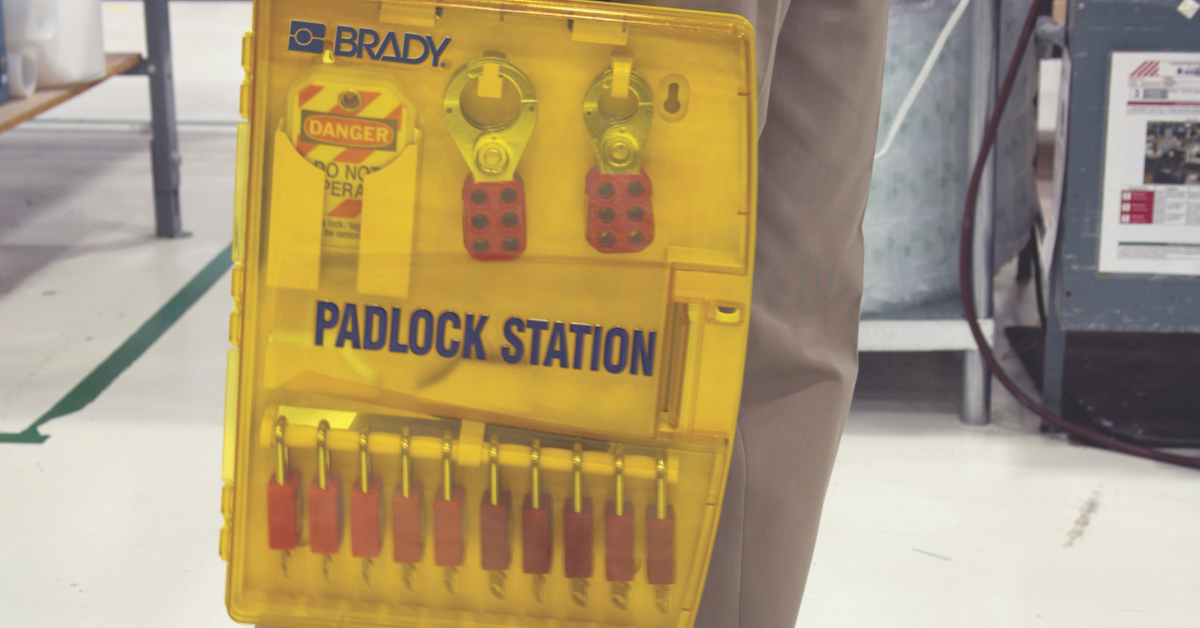Elevating Workplace Safety: The Importance of LOTO
In any industrial environment, safeguarding employees from hazardous energy is paramount. This is where Lockout Tagout (LOTO) comes in, a critical...
Any business in Australia is required to have a first aid kit on work premises for emergency situations… but is your kit adequately stocked for your specific industry.
The hazards in an office setting are very different to those on a job site and your first aid kit should reflect that. For example, in workplaces where you use machinery or chemicals, the risk of eye injuries is greater due to activities such as handling chemicals, flying particles, or welding/cutting operations. In this setting, a first aid kit would naturally need a bigger stock of eye pads.
To help you make your first aid kit more comprehensive and suited to your business, Brady offers modular first aid kits with specific add-ons suited to different work environments. These modules are designed for quick access and visibility during emergencies, each tailored to address particular risks.
Jessica Vella, Brand & Marketing Communications Manager at Brady, highlights the adaptability of these kits, “The modular kits allow customers to enhance standard first aid kits based on the specific work environment, whether it’s heat exposure, snake bites in remote areas, or risks associated with food manufacturing.”

In any industrial environment, safeguarding employees from hazardous energy is paramount. This is where Lockout Tagout (LOTO) comes in, a critical...